Introducing "Did Hou Know?" – a captivating journey through Houston's storied past, its vibrant present, and the seeds of its future, exclusively from Houston City Beat.
Step back in time as we unearth intriguing tales from Houston's history, shedding light on the events and individuals that have shaped our city's identity. From pivotal moments of the past to lesser-known anecdotes, "Did Hou Know?" offers a window into the rich tapestry of Houston's heritage.
But that's not all – "Did Hou Know?" also keeps you in the loop on current happenings shaping the future narrative of our city. From groundbreaking initiatives to cultural shifts and community endeavors, we're your source for the latest developments that will define Houston's tomorrow.
Join us as we celebrate Houston's past, present, and future – because every story we uncover today holds the promise of becoming tomorrow's legend. Stay tuned to "Did Hou Know?" for a deeper understanding of our city's essence and the tales that continue to unfold.
Did HOU Know? on YouTube
"Did HOU Know?" on Social
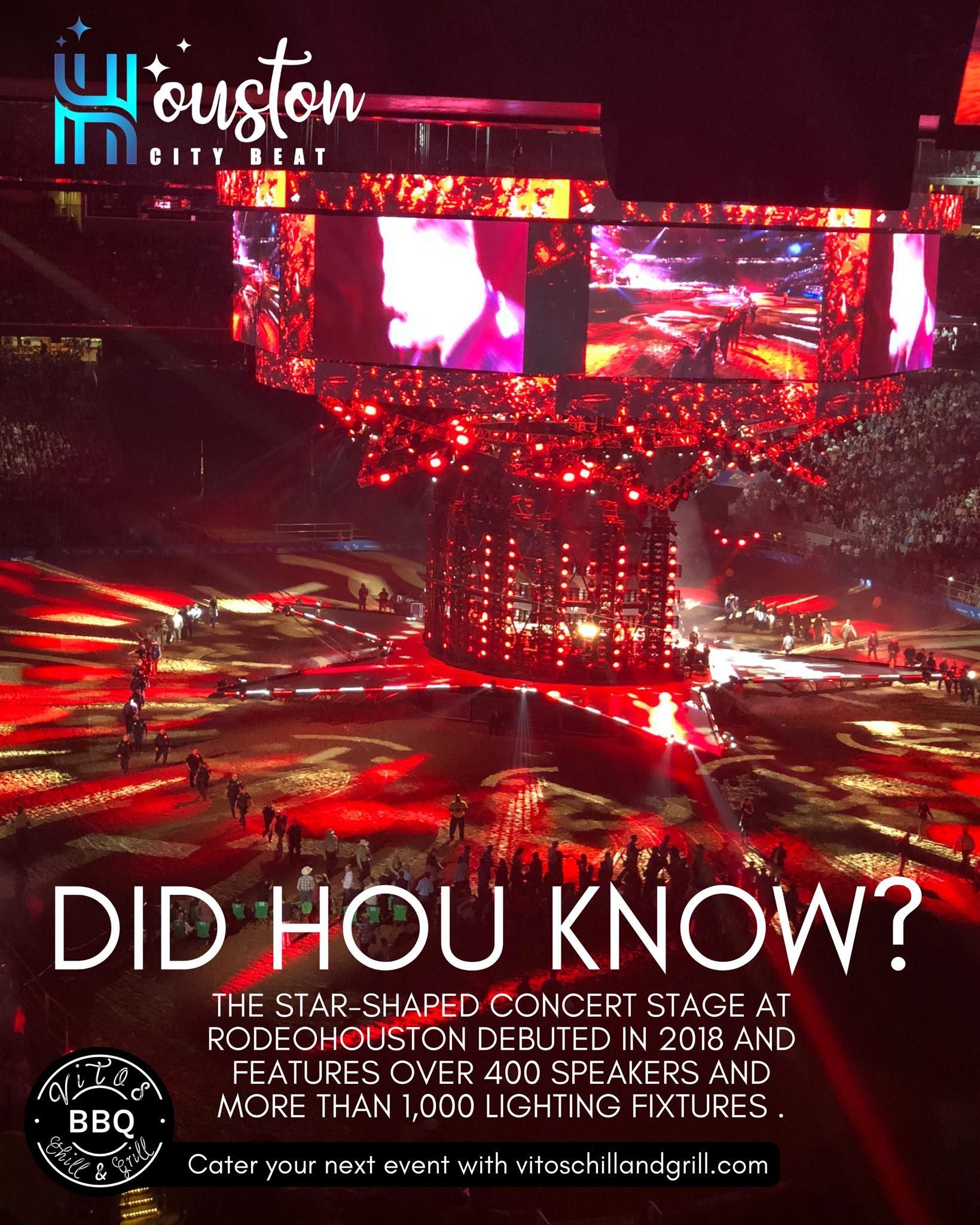
Shining Bright: The Debut of RODEOHOUSTON's Star Stage
The star-shaped concert stage at RODEOHOUSTON debuted in 2018, replacing the previous stage that was used for over 30 years. Garth Brooks was the first performer to utilize the new stage on February 27, 2018.
The star stage was designed and fabricated by TAIT with technical support from LD Systems. It was constructed and tested inside the Astrodome next to NRG Stadium in late 2017 before the next rodeo season.
The stage is one of the world’s largest stadium sound systems with over 400 state-of-the-art speakers and more than 1,000 lighting fixtures. There is a 48-foot diameter rotating performance area with five star points that extend 36 feet each, and can be raised or lowered individually or all at once. From tip to tip, the overall span of the star stage is 126 feet wide. In addition, this magnificent stage has a 28-foot tall video backdrop that is motion controlled. A laser-guided system allows the stage to be positioned in the precise center of NRG Stadium for every rodeo concert.
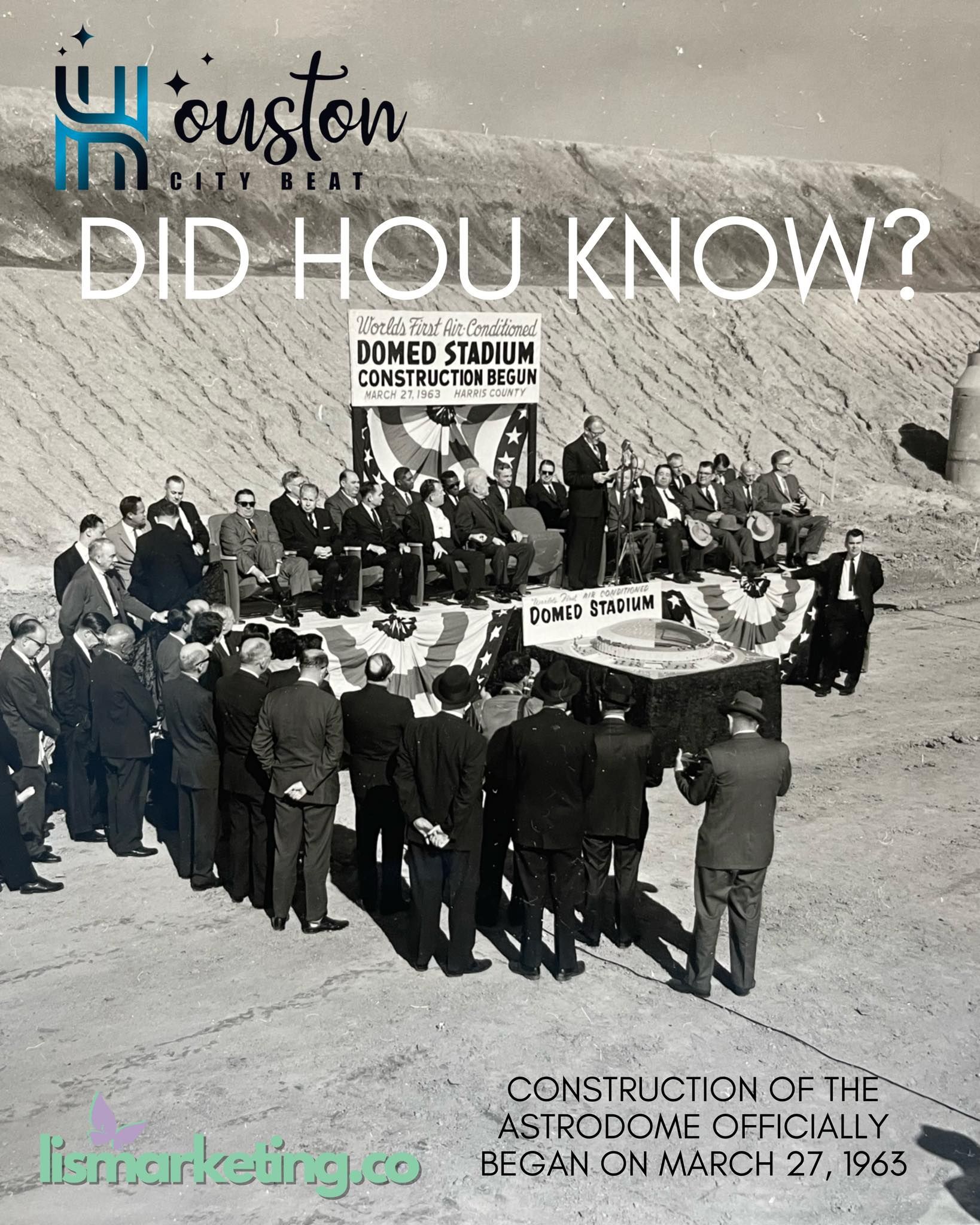
Astrodome Genesis: Groundbreaking Ceremony, March 27, 1963
On March 27, 1963 the Houston Colt .45s held a ceremony to officially recognize the recent beginning of construction on the Harris County Domed Stadium (Astrodome). On hand were Harris County officials, Colt .45s executives, civic leaders, and members of the Houston Consular Corps. Ground was broken on January 3, 1962 but a lawsuit filed by a local resident over use of bonds to build the domed stadium delayed the start of actual construction.
A metal canister time capsule was buried in concrete during the March 27th ceremony in what became the foundation below a structural footing on the west side of the Astrodome. In 2015 the time capsule was located and today it still remains buried. County officials declared the domed stadium complete slightly less than 24 months later. The Astrodome’s grand opening was on April 9, 1965.
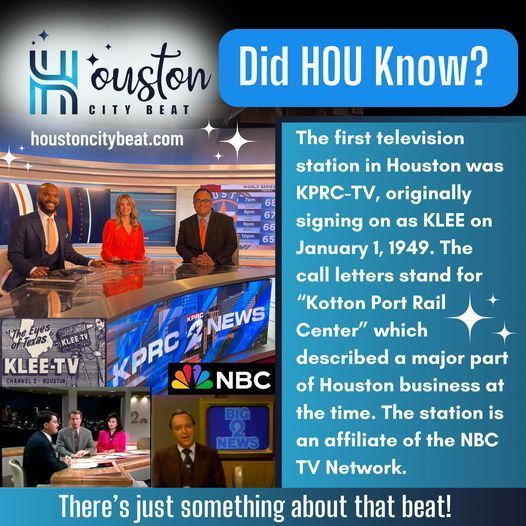
Unveiling Houston's Broadcast Legacy: The Origins of KPRC-TV
Discover the pioneering history of Houston's first television station, KPRC-TV, which made its debut as KLEE on January 1, 1949. Learn how the call letters, "Kotton Port Rail Center," reflected Houston's bustling business landscape during that era. As an affiliate of the NBC Network, KPRC-TV has been a cornerstone of local broadcasting, shaping the city's media landscape and connecting audiences with news and entertainment for decades. Join us as we delve into the fascinating beginnings of Houston's television legacy.
Did HOU Know?
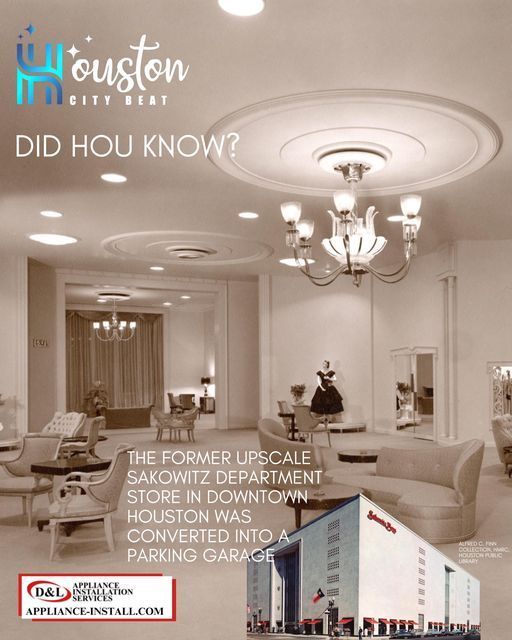
Unveiling Houston's Hidden Gems:
The Story of Sakowitz Department Store
A dream materialized in 1951 when the Sakowitz family opened the luxurious Sakowitz Department store on Main Street in Downtown Houston. Alfred Finn, who designed the Gulf Building and San Jacinto Monument, was the architect for this 254,000 square foot shopping destination. Sakowitz closed in 1985 and remained unused for many years until the interior was gutted and the building was converted into a parking garage. The building’s original marble cladding remains on the exterior today, and is now known as the Saks Garage.
 Button
Button Button
Button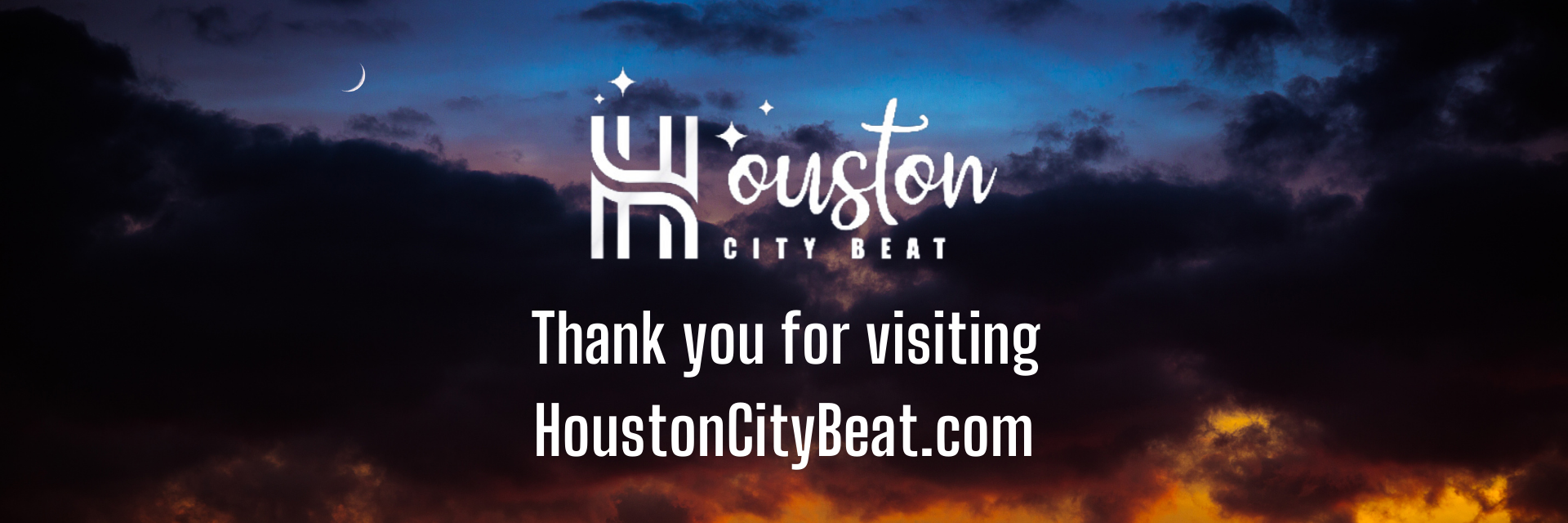 Button
Button Button
Button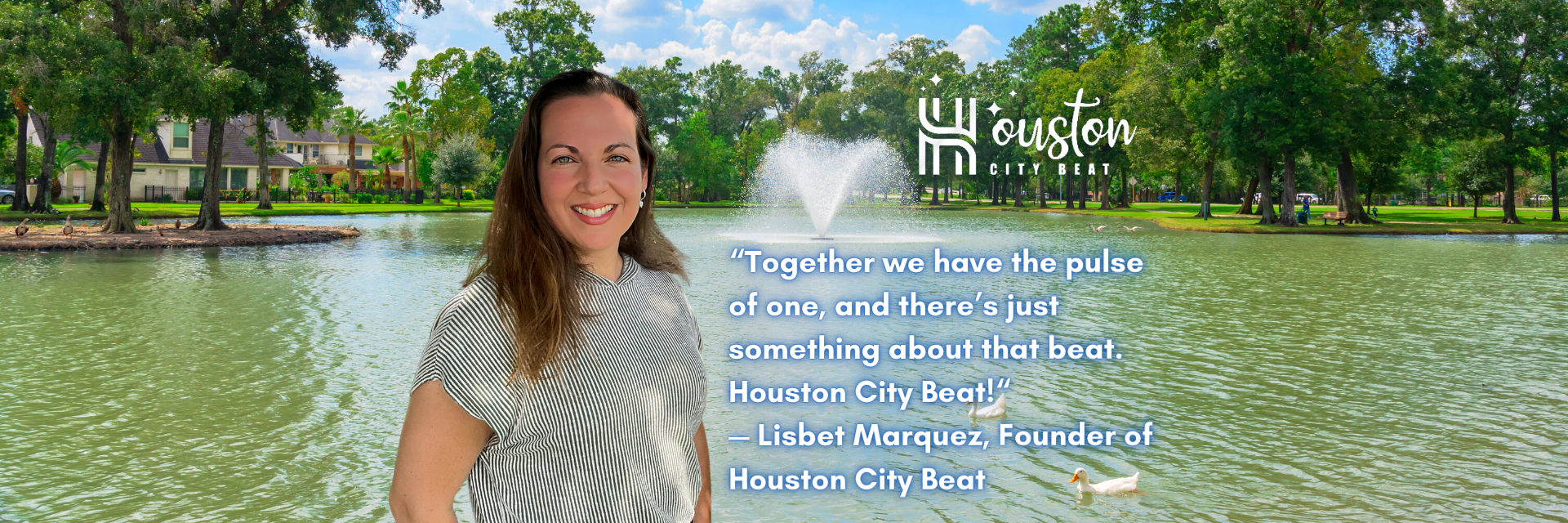 Button
Button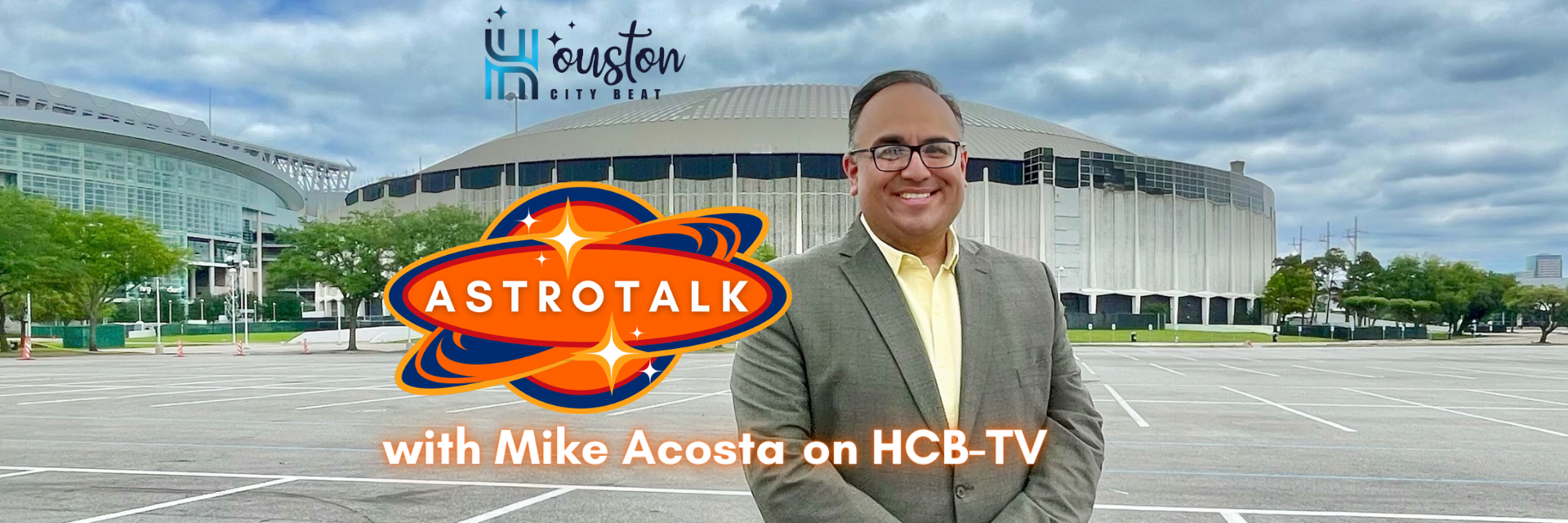 Button
Button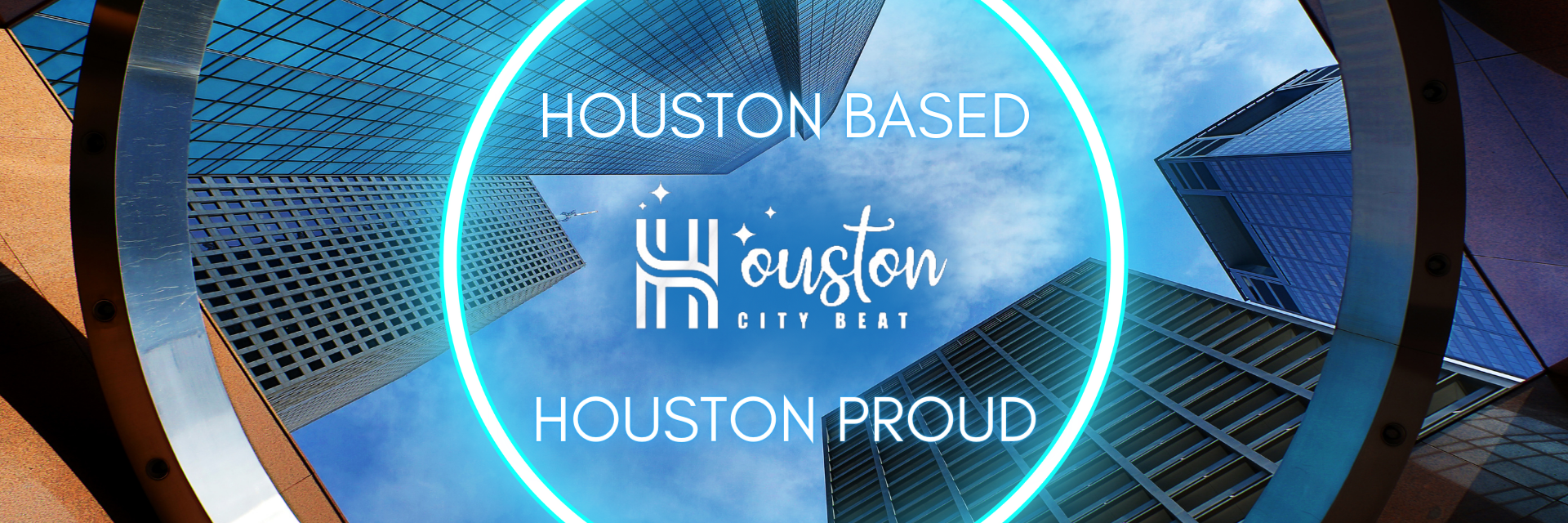 Button
Button
Slide title
Write your caption hereButton

Houston City Beat is a locally based online media company that provides original content that is positive and engaging about the community and the people who make Houston home.
Navigation
All Rights Reserved | Houston City Beat
Website designed by: LisMarketing.co Produced by Acosta Media Group



